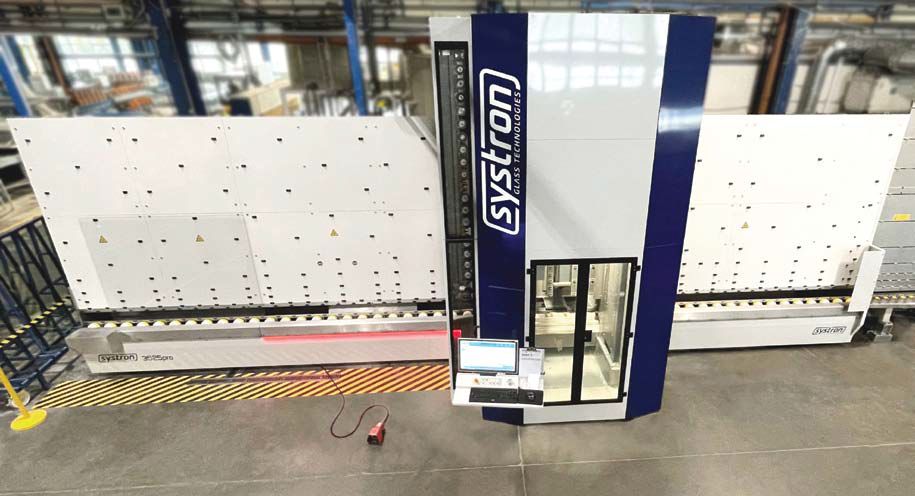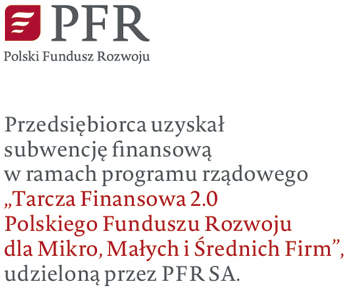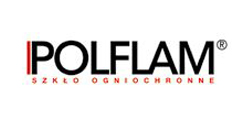Structural design of float glass elements is performed as a rule with the semiprobabilistic approach by defining partial factors for glass strength, calibrated with full probabilistic methods on paradigmatic case-studies.
Although the most used statistics for float-glass strength is the 2-parameter Weibull’s (2PW), we show that it fails to interpret the left-hand-side tail of the population of experimental data, associated with small failure probabilities.
The tails govern the calibration of partial factors, since the probability of failure admitted for a construction work are very small; but the 2PW statistics leads to a very conservative design.
Contrariwise, from experiments a lower bound for float-glass strength, attributable to modern factory production controls, is recognizable. Moreover, we show through modelling that corrosion/abrasion do not imply the decay of strength below a certain limit, thus inducing a lower dispersion in the data.
Therefore, we propose to use generalized Weibull statistics, among which the left-truncated Weibull distribution, to better interpret the tail of the population. Partial material factors calibrated with the novel approach are considerably lower than with the 2PW statistics. Noteworthy savings can be achieved with this refined statistical approach to interpret float-glass strength.
(...)
Gabriele Pisano
Department of Engineering and Architecture,
University of Parma, Italy
Gianni Royer Carfagni
Department of Engineering and Architecture,
University of Parma, Italy
Construction Technologies Institute – Italian National
Research Council (ITC-CNR), Milano, Italy
The authors acknowledge the partial support of the Italian Dipartimento della Protezione Civile under project ReLUIS-DPC 2014-2018.
The article is based on the lecture presented at the GLASS PERFORMANCE DAYS 2017 Conference, which took place on June 28-30, 2017 in Tampere, Finland

Całość artykułu w wydaniu drukowanym i elektronicznym
Inne artykuły o podobnej tematyce patrz Serwisy Tematyczne
Więcej informacji: Świat Szkła 6/2019

































